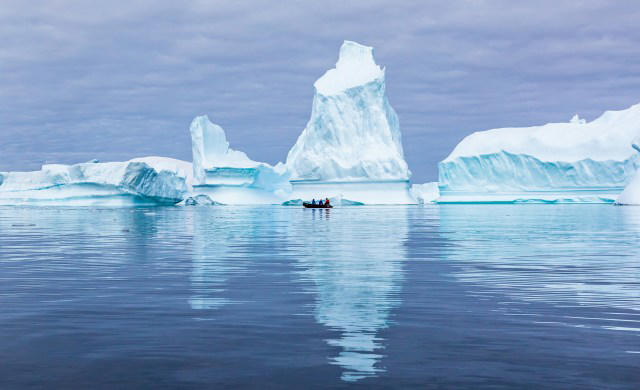Antarctic Stations: ‘We Need to Do More Research’
Antarctic Stations: ‘We Need to Do More Research’ Scientists Make Concerning Discovery While Analyzing Samples Taken at Remote
Introduction
Scientists analyzing environmental samples from remote Antarctic research stations have made a troubling discovery that raises concerns about pollution in one of the most pristine regions on Earth. The findings reveal the presence of synthetic chemicals, microplastics, and other contaminants, highlighting the far-reaching impact of human activity even in the most isolated parts of the planet.
ALSO READ: Ultraviolette Tesseract: Revolutionizing Electric Mobility in India
Discovery of “Forever Chemicals”
One of the most alarming discoveries was the presence of per- and polyfluoroalkyl substances (PFAS), commonly referred to as “forever chemicals.” These human-made compounds are widely used in industrial applications and consumer products, such as waterproof clothing, firefighting foam, and non-stick cookware. PFAS are known for their persistence in the environment and their potential health risks.
The presence of PFAS in remote Antarctic regions suggests that they are being transported over long distances through wind and ocean currents. Scientists also believe that human activities at research stations may be inadvertently contributing to contamination, as these facilities rely on imported materials that could introduce pollutants into the fragile ecosystem.
Microplastics Found in Ice and Snow
In addition to PFAS, researchers also detected microplastics in snow and ice samples. These tiny plastic particles, measuring less than 5mm. Were found even in deep ice cores, proving that plastic pollution has reached the most secluded parts of the world.
Microplastics can enter Antarctica through:
- Atmospheric transport (carried by wind and precipitation)
- Ocean currents (transported from distant sources)
- Local contamination (from human activities at research bases)
Scientists warn that microplastics could threaten fragile Antarctic ecosystems, potentially harming microscopic organisms that are essential to the food chain. If ingested by plankton and small marine life, these particles could have cascading effects on larger species, including fish, penguins, and seals.
Call for Further Research and Action
The findings highlight the urgent need for more scientific research to understand the full impact of these pollutants on Antarctica’s environment and wildlife. One of the researchers emphasized, “We need to do more research”. Stressing the importance of continuous monitoring and stricter environmental regulations.
Experts are calling for:
- Improved waste management at research stations
- Stronger international policies to reduce industrial pollution
- Further studies on the impact of pollutants on Antarctic ecosystems
Conclusion
Antarctica has long been considered an untouched wilderness, but these discoveries challenge that perception. Scientists warn that even the most remote parts of the planet are not immune to human-induced pollution. Without immediate action, contamination could have severe and long-term consequences. Not only for Antarctica’s unique ecosystem but for global environmental health.


